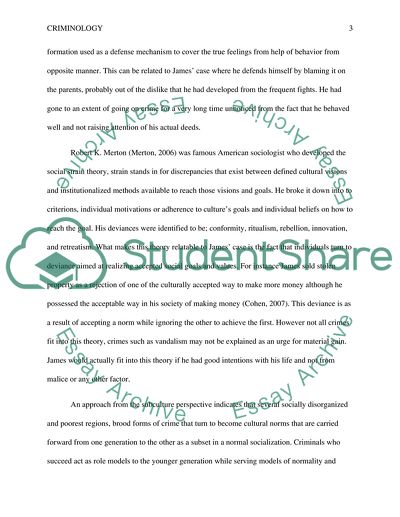Cite this document
(Juvenile Delinquency: Theory, Practice, and Law Research Paper - 2, n.d.)
Juvenile Delinquency: Theory, Practice, and Law Research Paper - 2. Retrieved from https://studentshare.org/law/1828098-criminology
Juvenile Delinquency: Theory, Practice, and Law Research Paper - 2. Retrieved from https://studentshare.org/law/1828098-criminology
(Juvenile Delinquency: Theory, Practice, and Law Research Paper - 2)
Juvenile Delinquency: Theory, Practice, and Law Research Paper - 2. https://studentshare.org/law/1828098-criminology.
Juvenile Delinquency: Theory, Practice, and Law Research Paper - 2. https://studentshare.org/law/1828098-criminology.
“Juvenile Delinquency: Theory, Practice, and Law Research Paper - 2”, n.d. https://studentshare.org/law/1828098-criminology.


